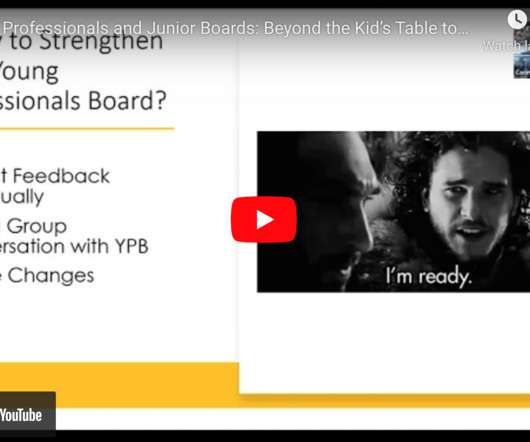The Truth about Bilingual Interpretation: Guest Post by Steve Yalowitz
Museum 2.0
MARCH 12, 2014
This qualitative, exploratory study involved tracking and interviewing 32 Spanish-speaking intergenerational groups in fully bilingual exhibits at four different science centers/museums. You can download the research report and find out about the research model, methods, analysis and implications for the field.












Let's personalize your content